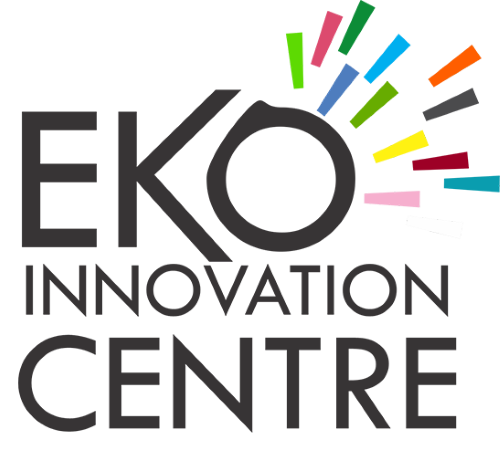The success of a startup largely depends on its ability to meet customer needs. Customer-centric innovation is the practice of developing products and services that are intentionally designed around user demands, behaviors, and feedback. Startups that prioritize customer insights are more likely to build products that resonate with their target audience, ensuring long-term success.
The Importance of Customer-Centric Innovation
1. Reduces Market Risk
Startups often fail because they create products without fully understanding their target market. By integrating customer feedback into product development, businesses mitigate the risk of launching solutions that fail to gain traction.
2. Enhances Customer Loyalty
Consumers gravitate towards brands that listen to them. A startup that continuously improves its offerings based on customer pain points and evolving needs can build lasting loyalty and advocacy.
3. Increases Competitive Advantage
In crowded markets, differentiation is key. Startups that embrace a customer-first approach can develop unique value propositions that set them apart from competitors.
Strategies for Implementing Customer-Centric Innovation
1. Actively Collect Customer Feedback
– Use surveys, interviews, and focus groups to understand what users want.
– Monitor social media conversations and online reviews for unsolicited feedback.
– Implement analytics tools to track user behavior and engagement.
2. Build Iterative Product Development Cycles
– Adopt an agile development approach, where products evolve based on real-time customer insights.
– Develop a Minimum Viable Product (MVP) to test ideas before committing to full-scale production.
– Conduct A/B testing to compare different versions of a product or feature.
3. Foster a Customer-Obsessed Culture
– Train employees to prioritize customer feedback at every level of decision-making.
– Involve customers in early-stage development processes through beta testing programs.
– Encourage cross-functional teams to collaborate on improving user experiences.
Challenges in Customer-Centric Innovation
1. Balancing Business Goals with Customer Demands
Not every customer request aligns with business objectives. Startups must learn to distinguish between essential customer needs and non-scalable demands.
2. Handling Rapidly Changing Market Expectations
Customer preferences evolve, sometimes rapidly. Businesses must remain agile and proactive in adjusting their offerings.
3. Managing Resource Constraints
Startups often have limited budgets and manpower. Prioritizing the most impactful changes based on data-driven insights can help optimize resources.
Real-World Examples of Customer-Centric Innovation
Netflix: Shifted from DVD rentals to streaming by closely analyzing consumer behavior trends.
Amazon: Continuously refines its recommendations algorithm based on user preferences and purchase history.
Tesla: Introduces over-the-air software updates, directly responding to customer feedback and enhancing vehicle functionality.
Conclusion
Customer-centric innovation is the key to building products that truly meet market demands. Startups that continuously listen, learn, and adapt will stay ahead in competitive markets.
At Eko Innovation Centre, we help startups embrace customer-first strategies through mentorship, innovation labs, and hands-on workshops. Whether refining product offerings or building market-fit solutions, our programs are designed to support entrepreneurs in creating impactful, customer-driven businesses.
Join us and take your startup to the next level with a customer-centric innovation mindset.
